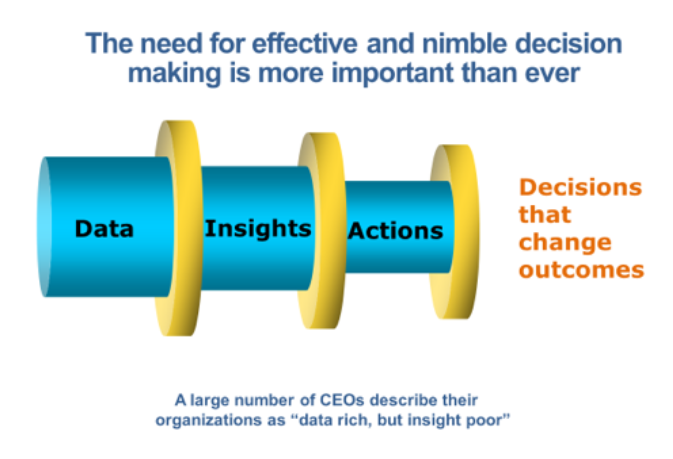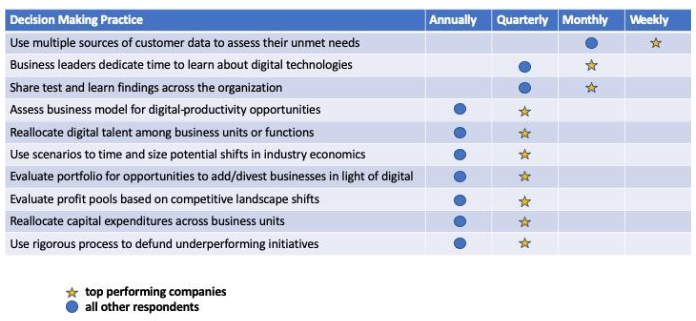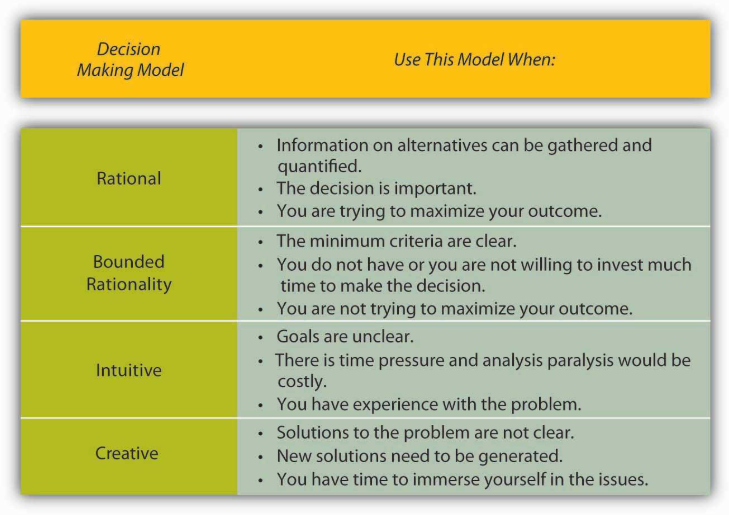
February 25, 2025
In the digital world,
decision making clarity and cadence are mission critical success factors
How good is your company at making decisions?

The speed and complexity of change from disruptive technologies puts an even greater pressure on the need to change the decision-making clarity and cadence of your company. The risks of taking too long to make a decision in many cases outweigh the risk of making the wrong decision, especially if you can learn from it and quickly make a new and better decision.
The frequency and pace of change from digital disruption necessitates that companies can no longer rely on traditional planning and decision-making models. Simply put, they are too slow, too rigid and too process driven to adapt to the new speed of business.
- A recent research study by Bain & Company found that decision making effectiveness drives 95% of business performance
- The UK Institute for Employment found that decision making practices impact 50% of employee engagement
Early adopters of digital transformation initiatives have embraced a just-in-time decision making cadence as the new competitive imperative. It allows them to adapt, adjust, and when necessary, pivot in real time.
Part of this change involves moving from a traditional hierarchically structured, vertically integrated operating model to a cross functional, cross business horizontally structured operating model. The new customer revenue value chain is cross industry, cross category, cross channel, cross device, and cross brand which is completely changing how companies make money. Companies must now align how they make decisions with the new way their customers make decisions.
Finding a new decision-making cadence

In a recent McKinsey study, they asked 1500 executives how frequently they carry out 10 different decision-making practices:

As you can see from the chart above, in all 10 decision making practices, top performing companies increased the frequency and repetition of each one. In doing so, they are acknowledging the necessity to adjust and accelerate their businesses’ decision-making cadence.
All decisions are not created equal
In too many organizations, decision making authority is not determined by the type of decision that needs to be made, but instead by the hierarchical management structure that supports a silo-based business unit. This approach favors short-term operating performance decisions over long-term business growth decisions.
In some cases, most of the information needed to make a decision is available and it is simply a choice of picking the best option to deliver the desired outcome. In other cases, there is little or no clear-cut data that suggests one approach vs. another. These different cases necessitate different decision-making models and skills as shown on the chart below:

In all cases, it is critical that you match the right decision-making process to the type of decision that needs to be made. To achieve the right alignment you need to develop, implement, and communicate a clear and concise decision-making governance model. This model identifies and delegates decision making rights and accountability throughout the entire organization. It is built on transparency and trust and is designed to equate decision making accountability with business outcome accountability.
This governance model should also extend to your data management governance process so it can expedite getting the right data to the right person depending on the specific decision criteria. Achieving operational excellence with both these models and processes should be at the top of your critical priorities list.
Some decision-making lessons to be learned

In the work I’ve been doing with C-Suite decision makers, here are some of the lessons we’ve learned from and adopted:
- Decision making effectiveness drives business performance and employee engagement
- Top performing companies significantly increased the frequency and repetition across all major decision-making practices
- Hierarchical management structures and silo based operating models create decision making bottlenecks and roadblocks
- Good decision-making governance identifies and delegates decision making rights and accountability throughout the entire organization
- Edge computing will necessitate the need for edge decision making
- Most decisions should prioritize progress over perfection and quickly share the learning and insights from early experiments or mistakes
- It’s critical to differentiate short-term performance decisions from long-term business growth decisions
If you have additional lessons, you think can and should be learned, please send them to me. As I said, the need to make faster and better decisions is a mission critical success factor to successfully compete as a digital enterprise. As such, anything you are willing to share would be much appreciated.
|



